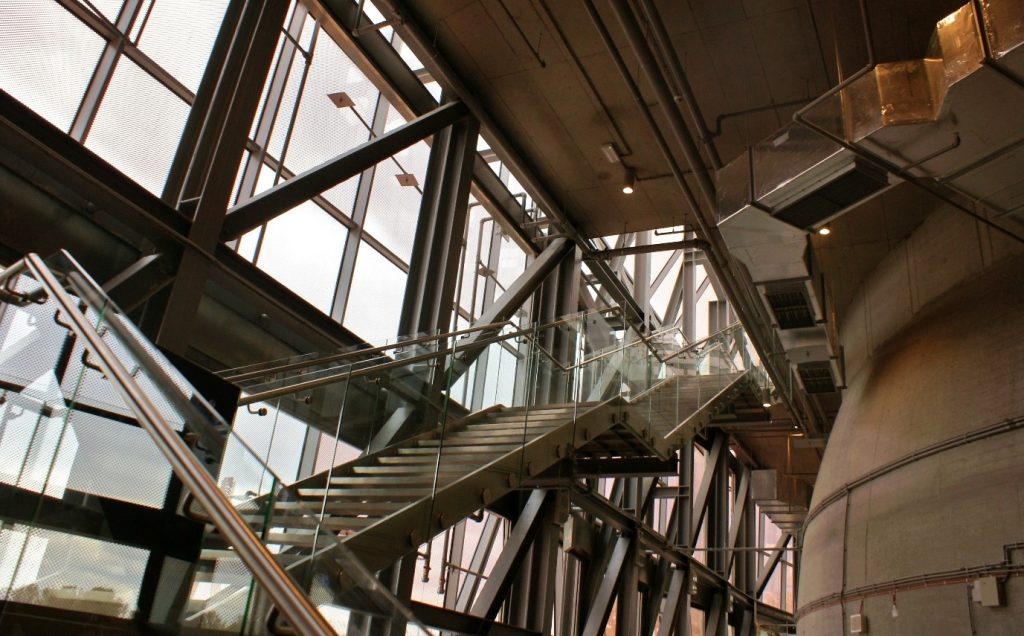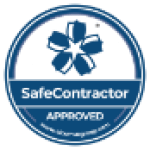5 Common Risks of Working at Height and How to Mitigate Them

Working at height is an essential part of many industries, but it can also be extremely dangerous. Falls from height still accounts for 24% of work-related fatal injuries, making it crucial to prioritise safety when working at height. From falls to electrocution, there are several different risks that workers face when working at height.
At C&C Fabrications, we care about the safety of your employees. Whether you’re a seasoned working at height professional, or new to the industry, this article will provide valuable insights into how to keep yourself and your team safe when working at height.
Use ladders properly
Using ladders correctly when working at height is crucial. It’s essential to ensure that the ladder is stable and secure before climbing it. The ladder must be placed on level ground, and the user should avoid overreaching or leaning too far to one side. Furthermore, selecting the right ladder for the job is critical. An extension ladder may be required for higher elevations, while a step ladder may suffice for lower heights. It is recommended to inspect the ladder before use for any defects or damage.
Our innovative ladder safety product, Laddermate, will also ensure a much safer experience when using your ladder. It considerably reduces the risk of outward ladder slip, gives more sideways stability, and makes users feel more secure.
Ensure the correct training has taken place
To reduce the risk of injury, employees should receive appropriate training. They must be aware of the risks associated with working at height and how to use protective equipment such as harnesses, hard hats, and safety glasses. Proper training will ensure that they know how to use this equipment correctly. This will not only ensure that employees know how to use protective equipment and avoid hazards, but it can also instil a safety culture within the workplace. When workers are trained on safety procedures and are aware of the risks involved in their job, they are more likely to take safety seriously and work collaboratively to minimise risk.
Use the right equipment
Using the correct equipment is essential when working at height. It is absolutely critical to use equipment that is suitable for working at height and to the type of work being performed. When using equipment, it is important to follow the manufacturer’s instructions and to carry out regular inspections to ensure that the equipment is in good working order. Defective or damaged equipment can put workers at risk, so it is essential to carry out routine maintenance and repair as needed.
In addition to using the correct equipment, workers must also wear personal protective equipment (PPE) at all times when working at height. PPE such as hard hats, safety glasses and non-slip footwear to prevent head injuries, eye injuries, slips or falls. Workers must be trained on the proper use and care of PPE and should be reminded to wear it at all times.
Carry out risk assessments
Carrying out risk assessments before starting a job can help to identify potential hazards and prevent accidents. This should include identifying any potential fall hazards and determining how to control them. The assessment should also consider any nearby power lines, overhead obstacles, or other potential hazards. This should be carried out regularly and any necessary changes should be made to the safety procedures.
Careful of objects falling from height
Objects falling from height is a common risk in manual work. The use of heavy equipment, tools, and materials at elevated heights can lead to accidents and injuries if proper precautions are not taken. The consequences of falling objects can be severe, including damage to property, injury, and even death.
To mitigate this risk, workers should implement proper safety protocols and procedures, such as providing workers with personal protective equipment, conducting regular training on safe work practices, and installing guardrails and barriers around elevated work areas. Additionally, tools and equipment should be secured and properly stored when not in use to prevent them from falling. By prioritising safety and taking necessary precautions, workers can reduce the likelihood of accidents and injuries caused by falling objects.
Contact us today to discuss your project needs and how we can provide you with the highest quality services while ensuring your safety.



